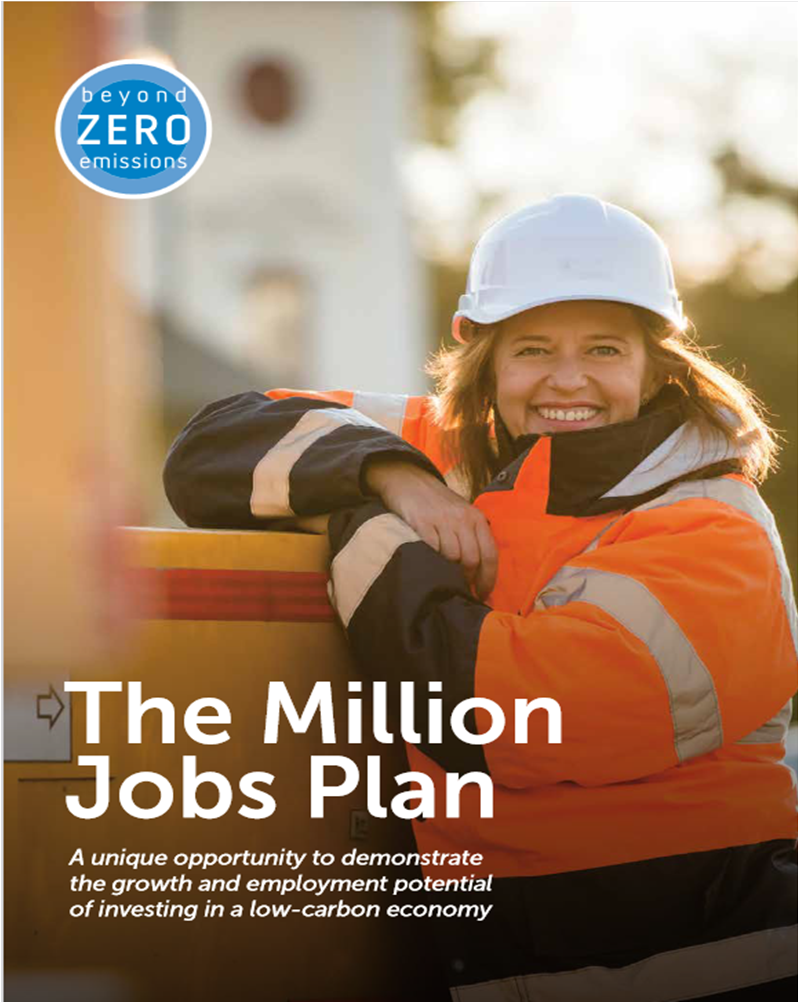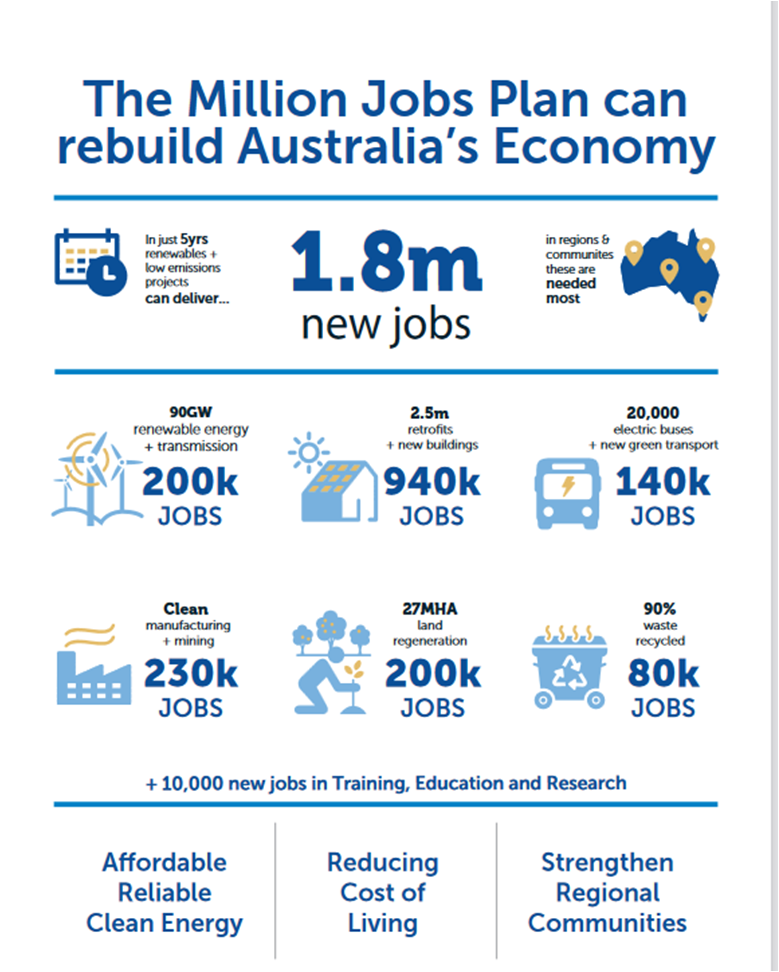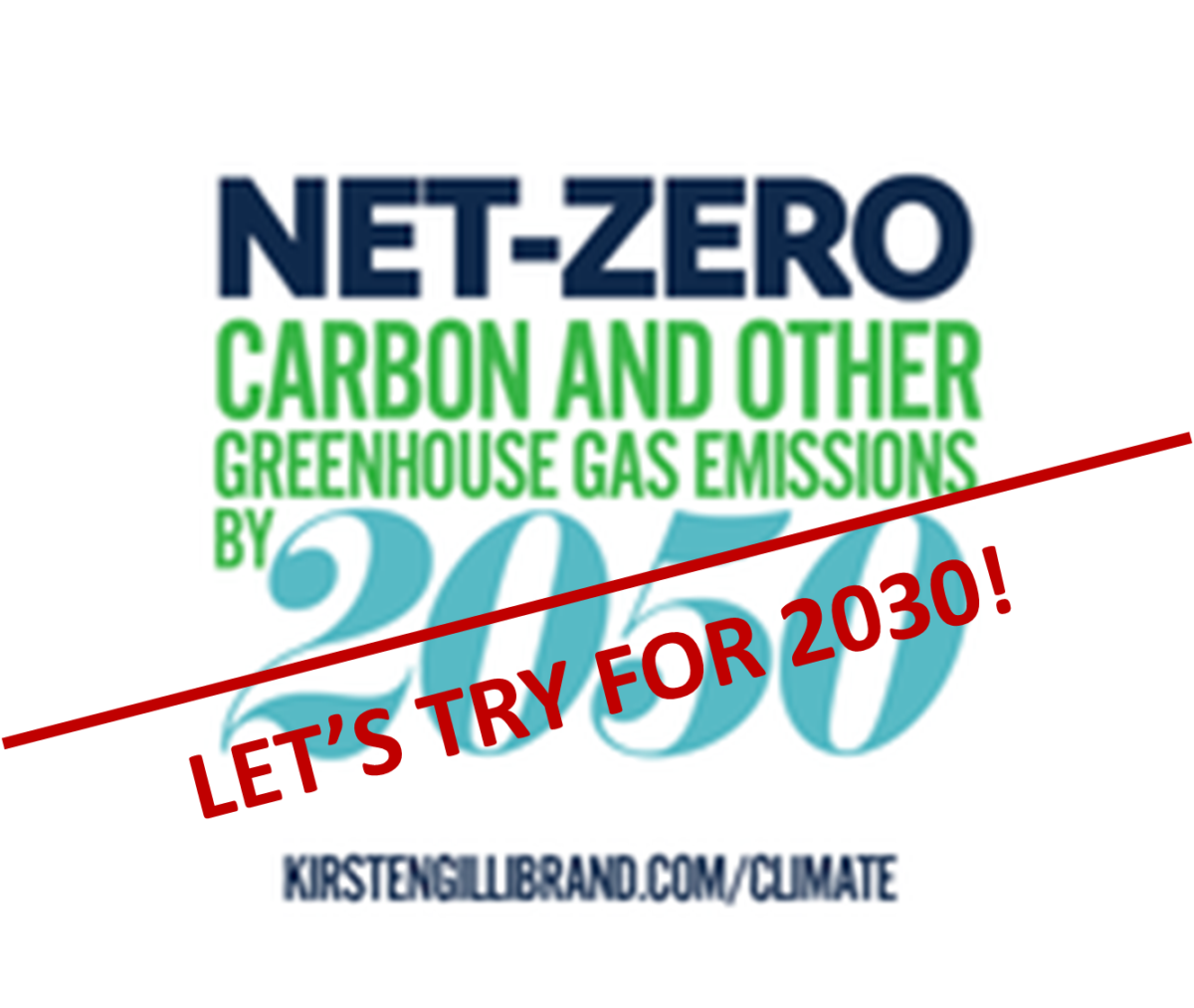Zero carbon by 2030
Imagine waking up and not being ashamed of your country!
We live with ever increasing anxiety about species extinction (possibly including our own), environmental degradation, catastrophic bushfires and floods, deaths from heat stroke and a government that fails to act on the emergency. To survive, we will probably have to actively remove and safely sequester a significant fraction of the existing greenhouse gas from the global atmosphere, and possibly also enhance Earth’s reflectivity enough to reduce the amount of heat it captures from solar radiation. These goals will be hard to achieve, but let’s begin with the comparatively easy task of completely stopping human generated greenhouse gas emissions, i.e., zero carbon emissions from human activities.
Zero carbon by 2030 is a reasonable aspiration, especially in Australia. We have the knowledge and the resources for a technological transition. All we need is the political will. If we can do this, then we’ll know whether we have to do the other things also, and by then we should have a government able and willing to take leadership on these jobs as well.
Big necessary decisions must be made to advance Australia’s part in the Paris Agreement, including withdrawing public money and government support from fracking the Beetaloo Basin; closing down the giant new offshore gas field of the Scarborough-Pluto LNG project in W.A. and stopping the Adani coal mine and others in the Galilee Basin in Qld. Serious social disruption will occur without a blueprint for future industries and jobs.
The declaration of a Climate Emergency and the contingencies that flow from this will guide an economic transformation. Just as radical change happened with the declaration of the war economy, shifting perspectives made the impossible seem possible. We cannot imagine how fast change can happen as we are used to the spin, obfuscation, rorting, incompetence, reliance on the market to find solutions and the privatisation of government decisions via outsourcing to big donors in contemporary government.
Setting aside the debate about the necessity of the limits to growth and a whole systems approach we need to elect a new Federal Government who can work with a cross bench to shift public opinion as fast as is politically possible.
Many industries and communities are writing blueprints for the future. One comprehensive plan that will inspire hope and creative action in people who seek election at the 2022 Federal Election is The Million Jobs Plan by Beyond Zero Emissions.

by Beyond Zero Emissions, June 2020
The Million Jobs Plan: A unique opportunity to demonstrate the growth and employment potential of investing in a low-carbon economy

The publisher, Beyond Zero Emissions is an internationally recognised energy think-tank, that shows through independent research and innovative solutions how Australia can thrive through a transition to a zero-emissions economy. The plan aims to create employment, modernise our infrastructure and reduce greenhouse gas emissions.
It proposes nation-building, transformative projects that can upgrade the economy, modernise industry, reskill the workforce and deliver a different future – economically and socially. The Plan includes case studies for coal industry regions. The Plan aims to make Australia more prosperous, fairer and more resilient, with local jobs that are lasting, secure, well-paid and backed by safe and fair working conditions. Their research shows that this is entirely achievable.
Some of its key points include –
- 70% of new jobs to be created in regional areas
- Australia wide transmission line upgrades with government and private investment
- renewable energy industrial zones and zero carbon community initiatives
- Australian made manufacturing creating new supply chains
- Building mass scale renewables to electrify industry and drive the development of zero emissions metals, green hydrogen, steel and aluminium
- electrify public transport including regional trains and buses
- energy efficient social housing and the creation of new standards to drive net-zero energy housing
- technology to boost local building material production through government procurement policy to prioritise local, lower embedded emissions
- the creation of a renewable hydrogen sector to meet emissions free ammonia for use in the production of fertilizers
- investing in the circular economy with resource recovery and waste recycling, from raw material extraction to end-of-life
- revegetation of 27M hectares in 5 years, replanting to achieve carbon neutrality
- regenerative agriculture as well as wetlands regeneration and biodiversity protection
- investing in training and upskilling the workforce
- a green stimulus package to foster research and development and jobs in education
We applaud the many people who have put their hands up to stand for election in 2022 to collectively advance Australia’s contribution to solving the existential crisis we currently face.
For information on how to make your vote count to elect House and Senate representatives in your electorate who will put action on climate change at the top of their to do list, our Traffic Light Voting System will give you information about the various candidates and show you how to make the most of your vote.
Finally, a comprehensive analysis of the science of the state of the planetary emergency is essential reading.

Featured Image: Climate Sentinel Editor, based on an image by Kirsten Gillibrand from her campaign as a Democratic candidate in the primaries for the US Presidential Election in 2020. Source: via Wikimedia Commons.
